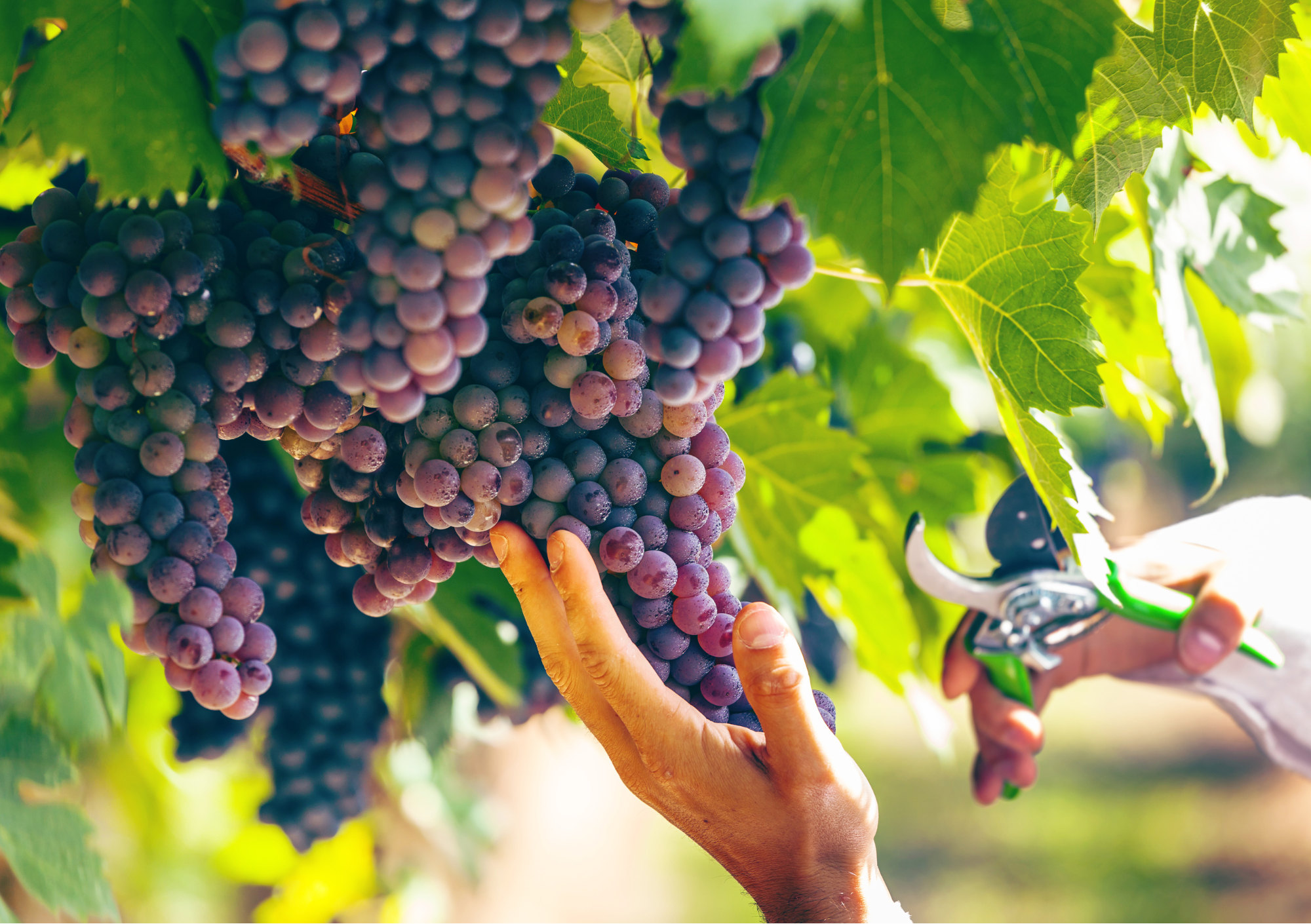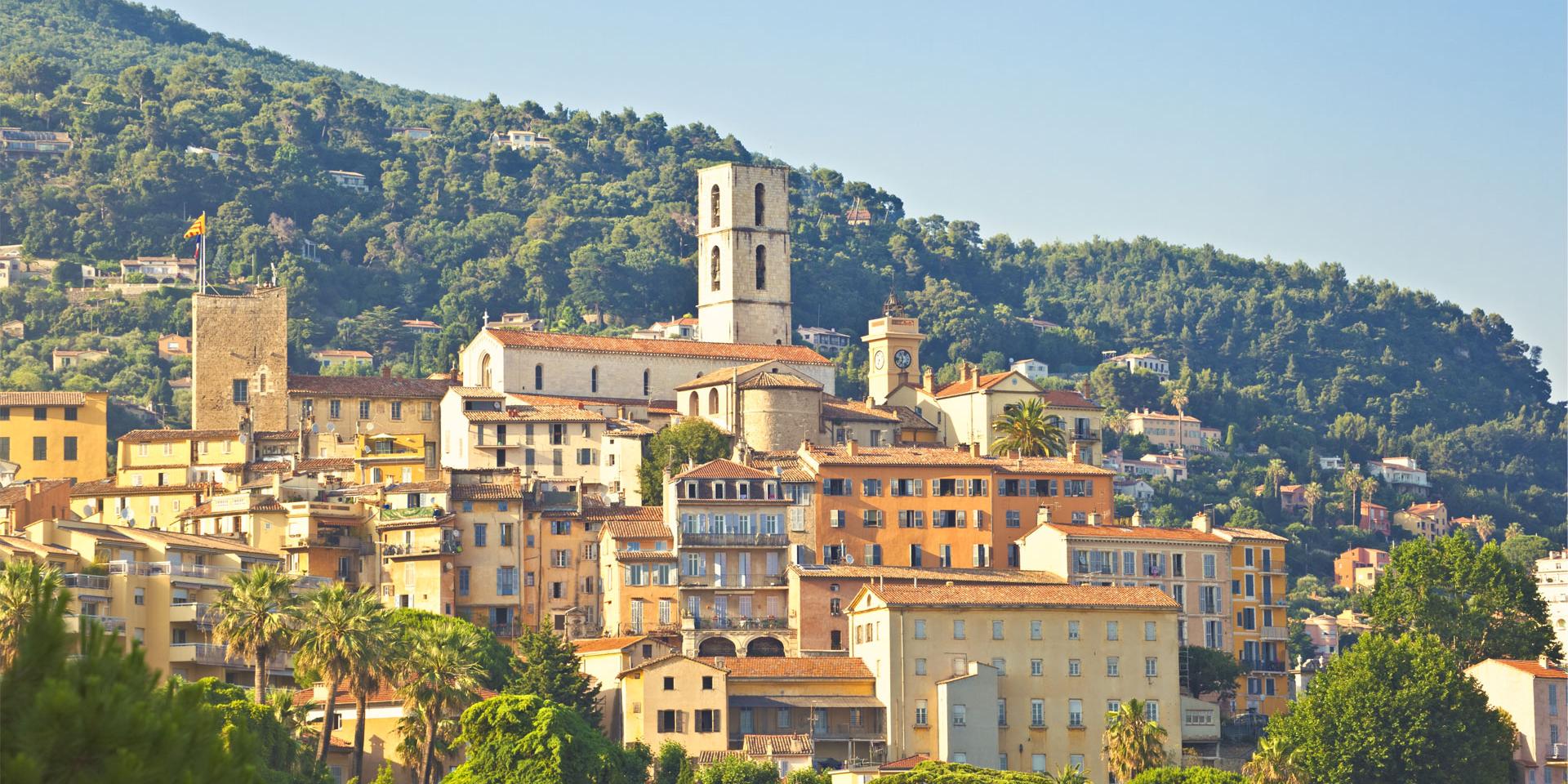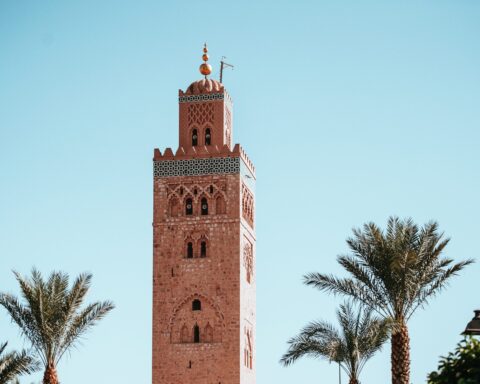France is set to regain its status as the world’s leading wine producer. According to government estimates, confirmed by wine professionals, French wine production should reach 44.5 million hectolitres. This figure should surpass production in Spain and Italy.
In 2023, France expects to produce 44.5 million hectolitres of wine, representing a 3% decrease on 2022, according to the initial report on the 2023 vintage published by the Services de la Statistique et de la Prospective (SSP). However, this harvest should enable France to regain its status as the world’s leading wine producer, which it had lost to Italy since 2015. According to the most recent data, the Italian harvest is estimated at around 43 million hectolitres, with a year marked by mildew problems.
Spanish cooperatives estimate their wine and must harvest at between 36 and 36.5 million hectolitres. Based on data collected up to August 1, the SSP anticipates French production of between 44 and 47 million hectolitres. These estimates remain provisional due to the uncertainty linked to mildew attacks in the Bordeaux and South-Western vineyards, while a persistent drought is raging in Languedoc and Roussillon.
Climatic disturbances
This summer, the situation in France’s vineyards was mixed, with those that were spared by climatic disturbances on the one hand, and those that suffered from them on the other. Localized hailstorms marked the spring and are continuing this summer in regions such as Anjou, Crozes-Hermitage, Mâconnais and Savoie.
However, the main factor affecting harvests was the pressure of mildew, which affected many vineyards, particularly in Corsica, Provence, the Loire Valley and the Rhône Valley. Damage was particularly severe in the south-western quarter of France, notably in Bergerac, Bordeaux and Gascony, where there is still some debate as to whether weather insurance should cover excess water, despite insurers’ refusal to do so. Some areas of the Aude and Hérault regions have also been affected by mildew, but in the Midi, the main problem is drought, which is preventing vines from growing on the Mediterranean coast of Aude and Pyrénées-Orientales.
For the vineyards that were spared, the harvest looks promising in regions such as Alsace, Burgundy, Champagne, Cognac, Corsica, Jura, Provence, Savoy, Val de Loire and Vaucluse, provided there are no nasty weather surprises before harvest.
Difficult years
[arm_restrict_content plan=”1,” type=”show”]
By 2021, France had lost its traditional second place and was downgraded to third in the world ranking of wine producers, according to the International Organization of Vine and Wine (OIV). At that time, the OIV estimated French wine production at 34.2 million hectolitres, representing a 27% plunge on the 2020 level.
This had improved by 2022. According to estimates by the Comité des Organisations Professionnelles Agricoles de l’Union Européenne (Copa-Cogeca), yields in the three biggest wine-producing countries were slightly up on 2021. Italy, Spain and France had produced 130.2 million hectolitres of wine in 2022, compared with 128.7 million in 2021, a historically low year. This represents a small increase of 1%. France would then take second place, with an annual estimate of 44 million hectolitres, up 16% year-on-year.
Future challenges
The 2023 harvest presents strategic challenges, as it is expected to reach or even exceed the average harvest for the 2018-2022 period at national level, according to the SSP. This contrasts with an uncertain market outlook, while crisis distillation has been activated for certain Aop and Igp wines, but with insufficient aid in relation to demand. In addition, debates are underway on the strategic management of production potential in the wine industry, with yield reductions on the one hand and inter-professional reserve proposals on the other.
All this is taking place at a time when domestic consumption is forecast to fall further (-25% by 2034 according to some projections), and export markets are currently experiencing difficulties (-8% in volume for French wines and spirits in the first half of 2023). So, while France should once again become the world’s leading wine producer, it also faces major challenges if it is to remain at the forefront of the wine market.
[/arm_restrict_content] [arm_restrict_content plan=”1,” type=”hide”] [elementor-template id=”101048″] [/arm_restrict_content]
Read also>WINE BUSINESS IN FRANCE : BORDEAUX VINEYARDS AFFECTED BY MILDEW
Featured photo : © Press










